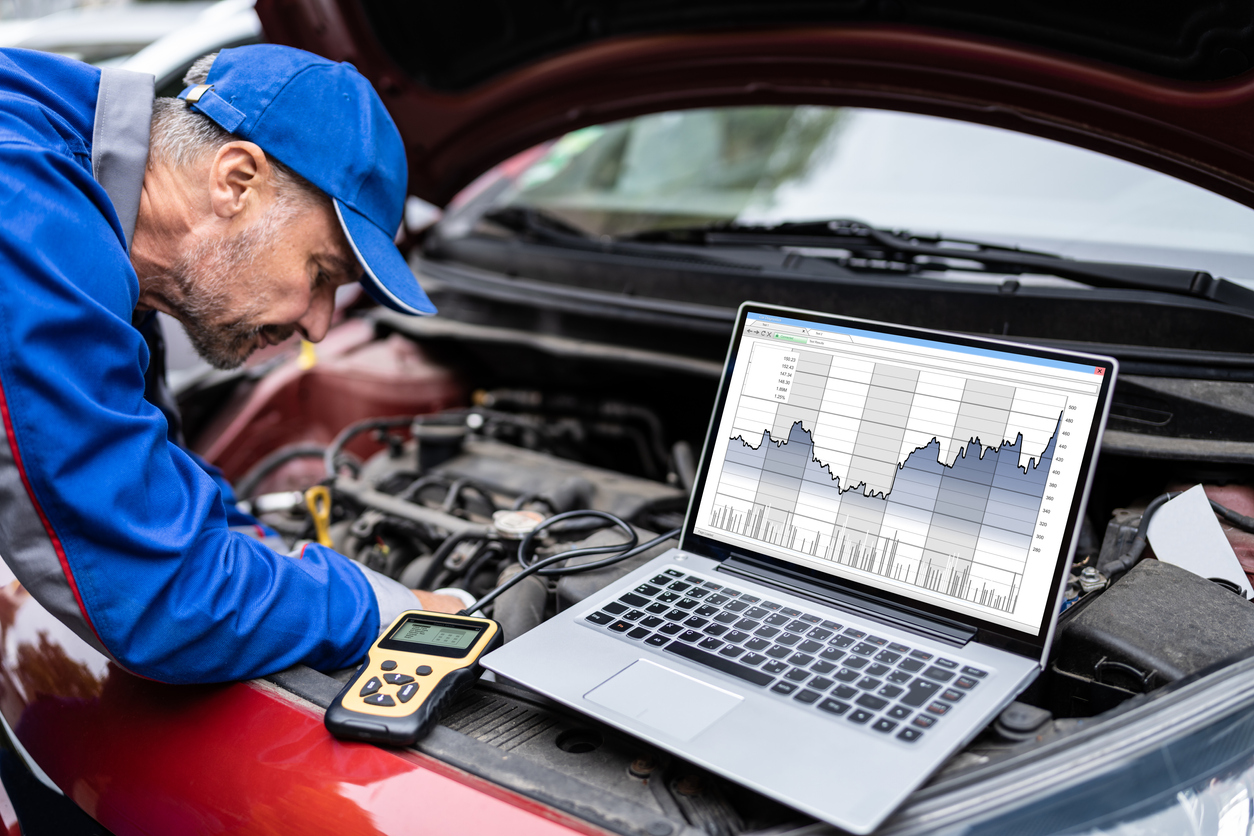Common Car Diagnostic Tool Errors and Their Solutions

New chat
2 / 2
Introduction: Modern car diagnostic tools have become essential for identifying and troubleshooting issues with vehicles. However, it’s important to understand the common errors that these tools may display and how to resolve them. In this article, we will explore some of the typical errors encountered during car diagnostics and provide solutions for each.
- Communication Error: Symptom: The diagnostic tool fails to establish communication with the vehicle’s onboard computer system. Solution: Check the OBD-II cable connections to ensure they are securely plugged in. Verify that the diagnostic tool is compatible with the vehicle’s make and model. Restart both the tool and the vehicle, and try again. If the problem persists, consult the user manual or contact technical support.
- No Fault Codes Detected: Symptom: The diagnostic tool indicates that no fault codes are present, even though there might be underlying issues. Solution: Ensure that the vehicle is properly connected to the diagnostic tool and that the ignition is on. Check for any loose connections or damaged cables. If everything seems fine, manually inspect the suspected system or component for potential issues. If you’re unable to find any problems, consult a professional mechanic for further assistance.
- Incomplete Data or Readings: Symptom: The diagnostic tool displays incomplete or inaccurate data, such as incomplete sensor readings or intermittent communication errors. Solution: Verify that the diagnostic tool’s software is up to date. Ensure that the vehicle’s battery is fully charged, as low voltage can affect data transmission. Double-check the connections and try again. If the problem persists, consider using an alternative diagnostic tool or consult a professional technician for a more comprehensive diagnosis.
- Unknown Error Codes or Unrecognized Data: Symptom: The diagnostic tool shows unknown error codes or displays data that is not recognized or understood. Solution: Update the diagnostic tool’s software to the latest version to ensure compatibility with the latest vehicle models and error code databases. Cross-reference the error codes or data with the manufacturer’s documentation or an online resource to identify their meanings. If the error persists, seek professional assistance for a detailed analysis.
- Erroneous Clearing of Fault Codes: Symptom: The diagnostic tool clears fault codes but they reappear shortly after, or the tool fails to clear them altogether. Solution: Ensure that the underlying issue causing the fault codes has been appropriately resolved before attempting to clear them. Perform a thorough inspection and repair of the identified problem. If the fault codes persist, there may be an intermittent fault or an underlying electrical issue. Consult a qualified technician to investigate further.
Conclusion: Car diagnostic tools are invaluable for diagnosing and resolving issues with modern vehicles. By understanding common errors that may arise during the diagnostic process, you can effectively troubleshoot and resolve problems. However, if you encounter persistent or complex issues, it is advisable to seek professional assistance to ensure accurate diagnosis and proper repairs.
